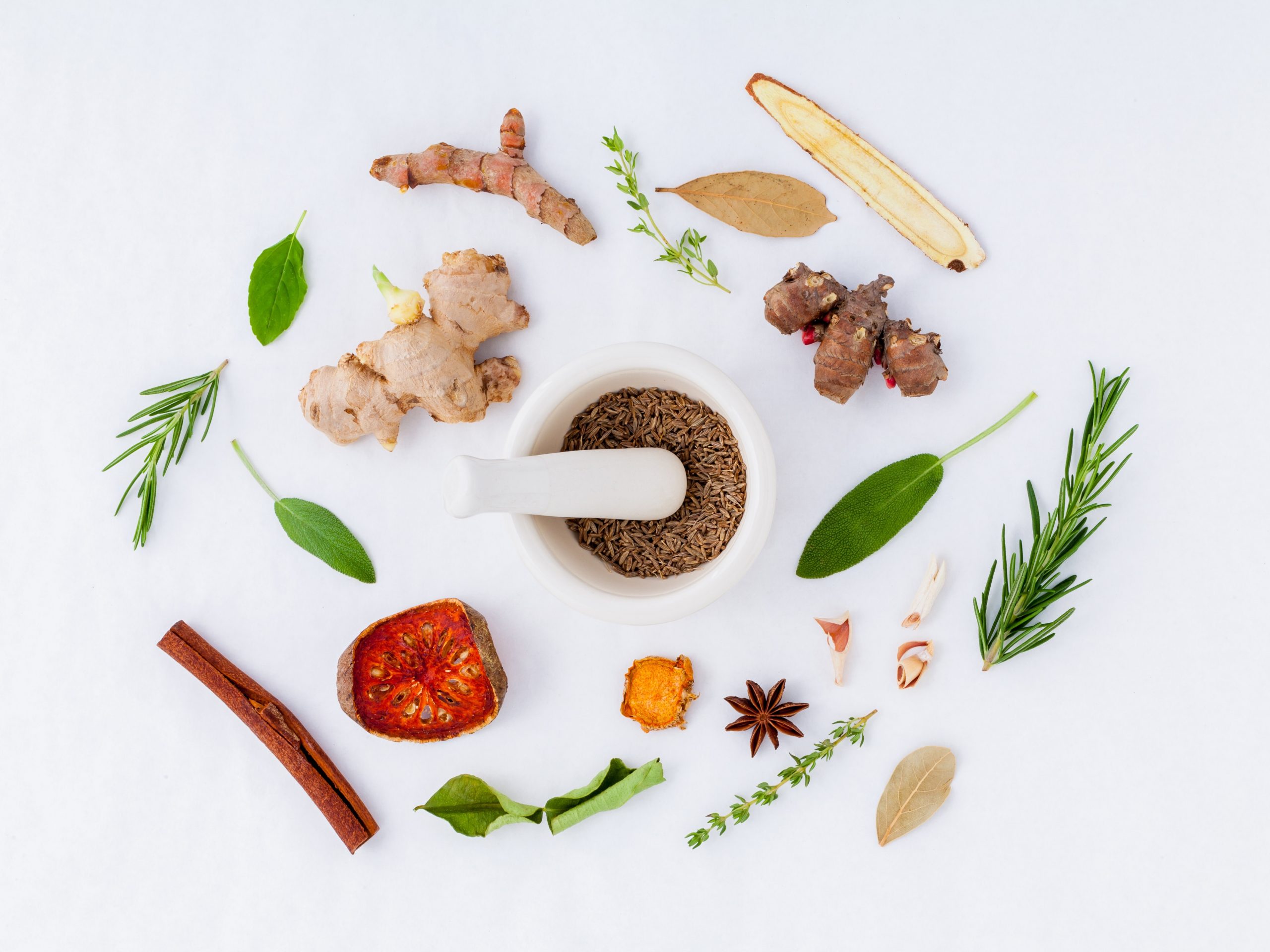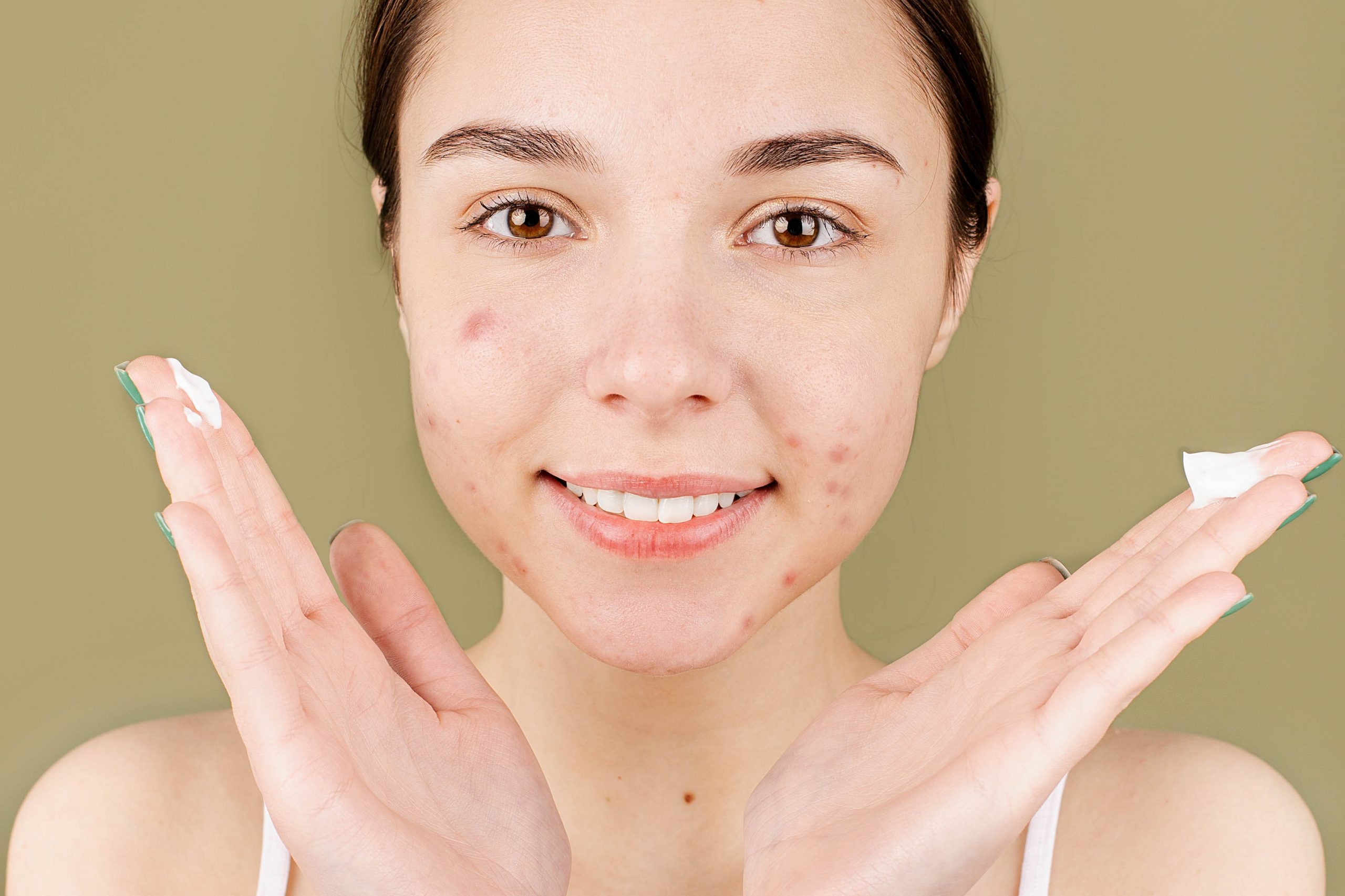We all love and crave good skin!
There have been times when we all ran to our mother to ask her to help cover up that nasty pimple!
Raise your hand if your introduction to skin care was your mum’s kitchen.
From applying raw tomatoes and lemon juice on your face to making concoctions of orange peels and gram flour as a natural exfoliant, if you’ve grown up in an Indian household, you’ve seen it all. But even though we wrinkled our noses at our mothers’ effort to give us healthy skin, we now know that she really did know best.
In honour of our great kitchen warriors who also help fix every other aspect of our life, we’re revisiting the top 10 natural, home-grown ingredients that go into our skin care products to give us naturally glowing, healthy skin.
Top 10 natural ingredients for healthy skin
Benefits of Ginger for the Skin
Ginger promotes warmth by increasing circulation and acts as an anti-inflammatory to soothe the skin. It also scavenges free radicals while reducing edema.
Benefits of Camphor for the Skin
Camphor is a cooling and antiseptic extract, which works well on sensitive skin, with firming and toning properties as well.
Benefits of Cucumber for the Skin
Cucumber has long been known for its cooling and hydration properties. It helps keep the skin smooth and refreshed, soothes irritated skin, helps provide deep hydration and acts as a cooling, healing agent for sensitised skin.
Benefits of Clove for the Skin
Clove is a regular Indian household ingredient that works for multiple concerns. Most commonly, it is known to be a homeopathic analgesic used to control pain and discomfort and also acts as an antiseptic.
Benefits of Sandalwood for the Skin
With soothing, healing properties, sandalwood is often used as an antiseptic oil, specifically effective for infections. For the skin, it works well to calm irritations and breakouts, and repair the skin.
Benefits of Eucalyptus for the Skin
Also known for its healing, antiseptic properties, eucalyptus is the liquid derived from the leaves of the Eucalyptus tree.
Benefits of Rose Flower Oil for the Skin
Rich in natural Vitamin C, rose flower oil moisturises and hydrates the skin. It also helps protect the skin from capillary damage, and firms and tones the tissues, giving you smooth, healthy skin.
Benefits of Licorice for the Skin
Licorice is a potent antioxidant that provides calming and soothing benefits to the skin, especially skin that is sensitised and prone to breakouts.
Benefits of Aloe Vera for the Skin
Aloe Barbadensis leaf juice, more commonly known as aloe vera, has soothing, softening and healing properties, and has been used in skin care since time immemorial.
Benefits of Coconut Oil for the Skin
Coconut oil has multiple benefits, whether topical or on consumption. For the skin, it acts as a rich, super conditioning agent that is lightweight and absorbs easily.
At Vivaan Skin Care, we respect mother nature as well as mother’s and nature! And hence, many of our products are based off these amazing naturally occurring ingredients that are great for your skin.



